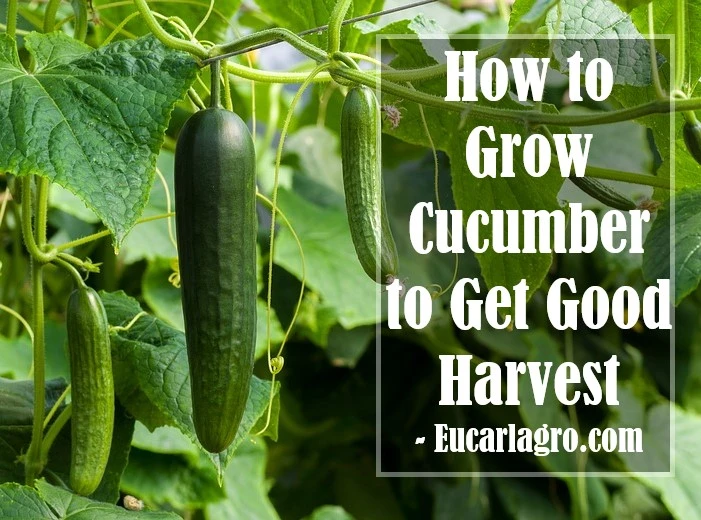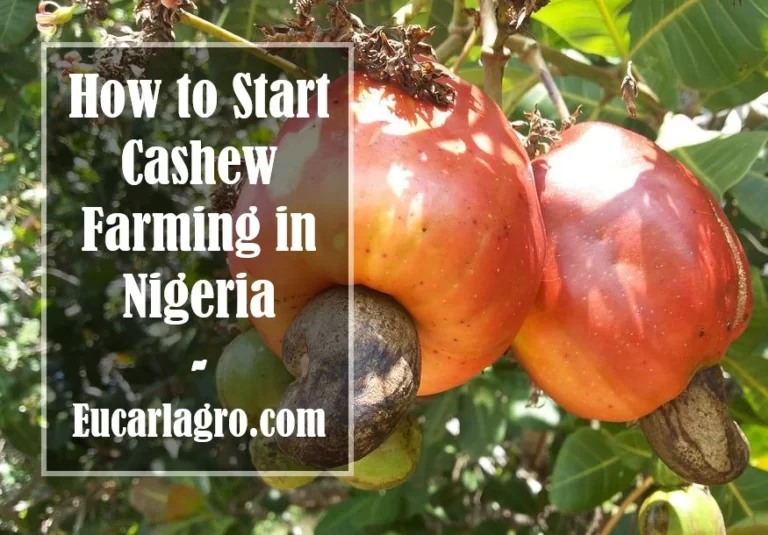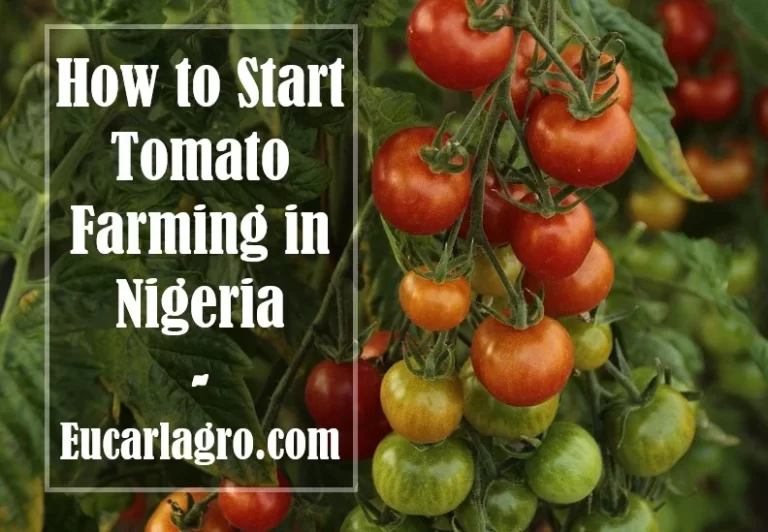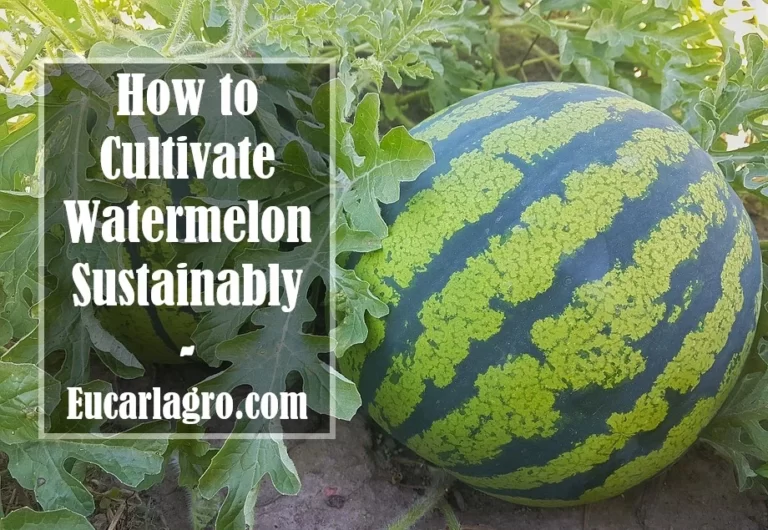How Best to Grow Cucumber to Get Good Harvest
Cucumbers are a fast-growing vegetable that needs only regular hydration and warmth to thrive. You don’t want your cucumbers to taste bitter if you wait too long to pluck them! learn How Best to Grow Cucumber in your garden by following these instructions.
Cucumbers: An Introduction
Vining cucumbers and bush cucumbers are the two main varieties of cucumber plants in cultivation.
Cucumbers that grow on vines, like the usual vine-grown variety, are shaded by huge leaves. You can expect a large harvest from these plants if you take adequate care of them. A trellis or fence is the finest place to cultivate vines. Fruits that grow off the ground tend to be cleaner, more plentiful, and easier to pick than those that grow directly on the soil.
Bush cucumbers, on the other hand, are ideal for tiny gardens and pots.
To make pickles, we suggest the heirloom ‘Boston Pickled’ or the ‘Calypso’ types, which are bred with pickling in mind. Pickles that are prepared within a few hours of harvesting will have a crunchy texture.

When Do You Grow Cucumbers?
Three weeks before planting cucumber seeds in the ground, sow the seeds indoors. Use a heating pad or lay a refrigerator or water heater on top of the seed flats to provide 70 deg. F (21 deg. C) bottom heat.
No sooner than two weeks following the latest frost date should cucumber plants be sown or moved outside. If the soil temperature drops below 70 degrees Fahrenheit (21 degrees Celsius), cucumber seeds will not germinate.
Also, at that temperature, seedlings are more likely to germinate and grow. (In colder climates, cover the soil with black plastic to warm it up.) Planting in the ground too soon will result in poor results.
Continue harvesting throughout the season by making successive plantings (every two weeks). Cucumbers can be harvested in around six weeks if they are grown in warm soil.
Planting Site Selection and Preparation
Select a location that is completely exposed to the rays of the sun. Cucumbers thrive in a warm, well-lit environment.
Fertile soil is necessary for growing cucumbers. Before you begin planting, prepare the soil by working in 2 inches of aged manure or compost to a depth of 6 to 8 inches. It’s important to keep the soil moist but well-draining (not soggy), and to keep the temperature moderate.
The pH of the soil should be between 6.5 and 7.0, which is neutral or slightly acidic.
Add organic stuff to clay soil to improve it. Add peat, compost, or rotten manure to deep, heavy soil to improve drainage and water retention. If you don’t know what kind of soil you have, get a soil test from your county cooperative extension.) Because they warm up so rapidly in the spring, light, sandy soils are ideal for northern gardening. See our guide to soil amendments for more information.
How to Grow Cucumber The Right Way to Get Good Harvest
Plant the seeds approximately 3 to 5 feet apart, depending on the variety, in a row about an inch deep (see seed packet for details). Place plants 1 foot apart on a trellis for vines.
Alternatively, mounds (or “hills”) set 1 to 2 feet apart can be used to plant cucumbers, with 2 to 3 seeds per mound. Thin plants to one per mound when they reach a height of 4 inches.
Prior to planting, you can warm the soil by covering the hill or row with black plastic in chilly climes.
In order to keep pests and diseases at bay, mulch the space around the plants after planting with straw, chopped leaves, or another organic mulch.
For those who want the vine to climb, or for those with limited room, a trellis is the best option. The fruit is also protected from being damaged by the wet ground thanks to the use of trellising. For vine-like veggies, see how to create a trellis.
Row coverings, netting, or a berry basket can be used to keep pests away from newly planted cucumber seeds.
Best Techniques to Grow Cucumber
As soon as the seedlings appear, start watering them often.
For cucumbers, regular watering is the most important aspect of their care. Every week, they require at least one inch of water (or more, if temperatures are particularly high). Using inconsistent watering causes bitter-tasting fruit.
To prevent the spread of leaf diseases, avoid watering the plant’s foliage in the early morning or early afternoon. If you can, use a soaker hose or drip irrigation to water your cucumbers so that the foliage remains dry.
To keep the soil moist, mulch around the plants.
Row covers and berry baskets can be used to protect young plants from pests.
Plants should be at least 112 feet apart when seedlings are 4 inches tall.
The amount of compost or manure you need to side-dress your plants depends on how much organic matter you pushed into the soil before planting.
Otherwise, use a liquid fertilizer such as 5-10-10 on the plants. Apply to the soil around the plants one week after they begin blooming, and then every three weeks after that. Granular fertilizer, on the other hand, can be incorporated into the soil. The fruits will be stunted if you over-fertilize them.
Set up trellises early if you have limited room or like vertical vines so that seedlings and vines aren’t damaged.
To encourage bees and produce more fruit, mist plants with sugar water before spraying.
Very Few or No Fruit:
The disease isn’t usually at blame if your cucumber plants don’t produce fruit. There may be a problem with pollination. Male flowers predominate in the early stages of a flower’s life. Fruit cannot form unless both the female and male flowers are in bloom at the same time.
Be patient, as this may not occur until later in the plant’s life. A little cucumber-shaped protrusion at the base of the female flower is what will produce the fruit; male flowers lack this swelling at the base.)
Insecticides or inadequate pollination by bees may also be to blame for a lack of fruit production. Hand pollination is always an option. Male pollen is transferred to the center of the female flower using a Q-tip dipped in it.
Remember that in order to yield fruit, gynoecious hybrid types (those that produce primarily female flowers) require partner cucumber plants with male flowers.
Read Also: How to Start Ginger Farming Business in Nigeria
Cucumber Harvesting
How Best to Grow Cucumber also includes harvesting. It’s important to note that Cucumbers that have grown too large will have a bitter flavor.
If you’re collecting cucumbers at their peak, you should be picking them up every few days. They’re going to grow fast!
When the cucumbers are about 6 to 8 inches long, they are ready to be harvested for slicing (slicing varieties).
Dills and pickling cucumbers should be harvested when they are between 4 and 6 inches long.
Up to 10 inches long, several varieties of huge burpless cucumbers are available.
Cucumbers are tastiest when plucked young, before the seeds harden. Keep an eye on them so they don’t turn yellow. When cucumber is evenly green, firm, and crisp, it is of the utmost quality.
Cucumbers that are kept on the vine for an extended period of time can develop rough skins and decrease yields.
Cut the stem just above the fruit using a knife or clippers. The vine might be damaged if the fruit is pulled too hard.
Keep picking them up. If you don’t, your plants will stop producing as they get older.


![23 Agricultural Products You Can Export From Nigeria ([year]) Agricultural Products You Can Export](https://eucarlagro.com/wp-content/uploads/2023/11/23-Agricultural-Products-You-Can-Export-From-Nigeria-768x576.jpg)


